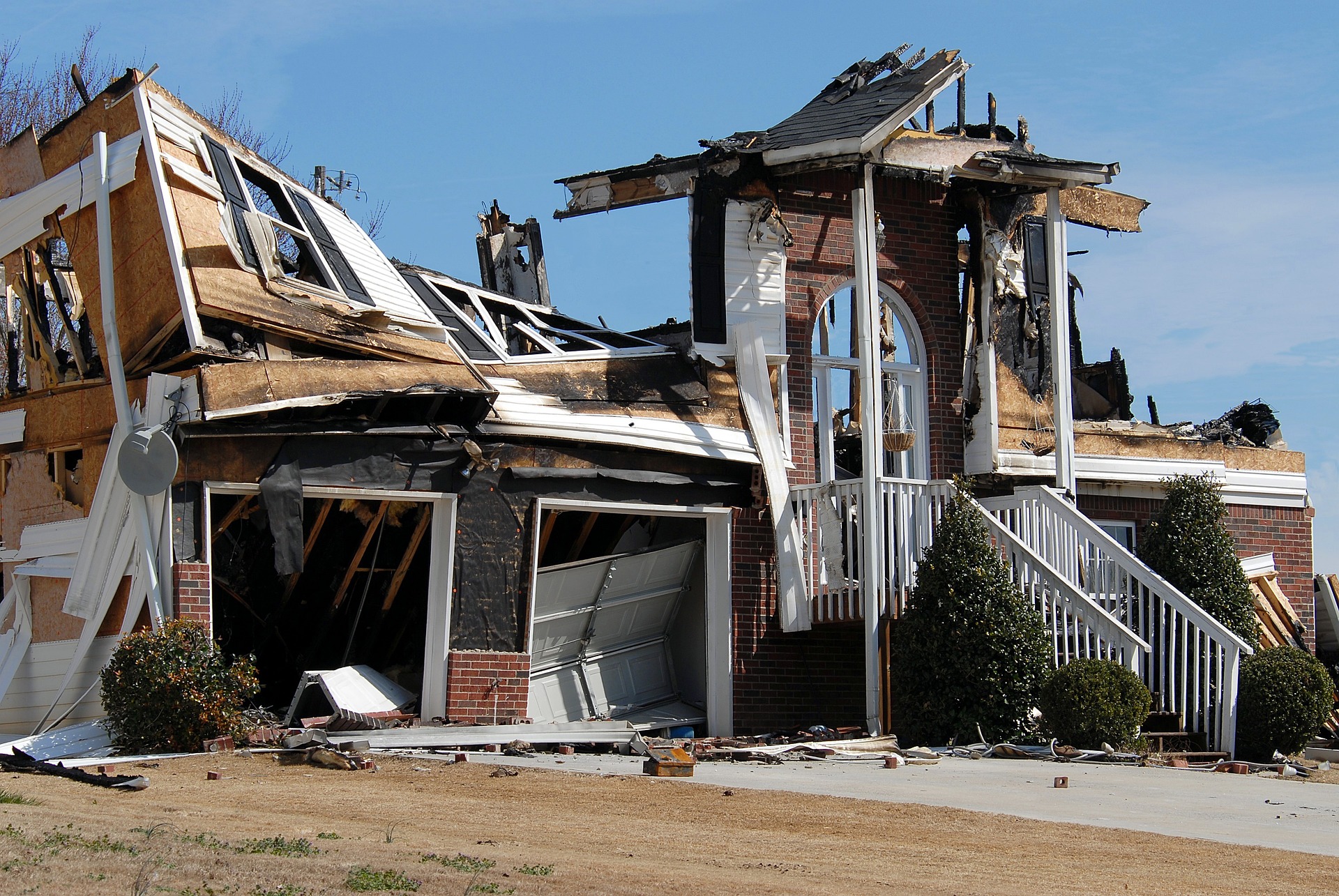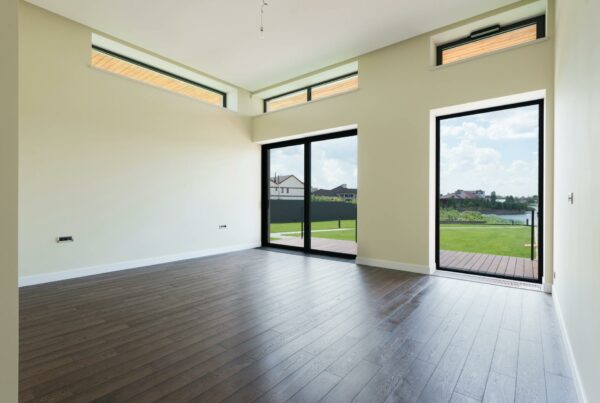Last Updated on February 23, 2024
On average, it takes less than 30 seconds for a small flame to become an uncontrolled fire that ravages your home and threatens the safety of each person inside. But even after the blaze is extinguished, life as you knew it can feel entirely uprooted.
Homeowners face a daunting fire restoration and remediation process after this catastrophe. One question often sticks out among the many obstacles: Can you restore furniture damage? Let’s explore how to determine if a piece of furniture is salvageable — and if so, the steps you can take to recover what’s lost.
Can My Furniture Be Restored?
Before embarking on the restoration process, you’ll need to evaluate how much damage your furniture sustained in the fire. The extent of this damage will clue you into whether or not restoration is feasible. Consider these specifications in your assessment:
Structural Integrity
Examine the structural components of your furniture, such as the frame, joints, and supports. Fire causes wood to become weak and brittle, compromising its stability and overall load capacity. If a furniture piece no longer feels structurally secure, investing your time and finances to restore it wouldn’t be practical. However, if the piece is still functional, you might be able to recover its pre-fire condition.
Surface Damage
Inspect the surface of your furniture for signs of residual char marks, discoloration, or warping. Surface-level cosmetic issues are usually fixable through professional restoration solvents and techniques, but deep scorching, charring, or warping are often much trickier and more labor-intensive to repair. In those cases, you might find it’s cheaper (not to mention less of a hassle) just to replace your furniture piece altogether.
Types of Material
Some furniture materials like wood, laminate, and veneer are less flame resistant than non-combustible materials such as concrete, steel, and glass. If the furniture contains synthetic materials, the heat exposure can release harmful chemicals into your home environment. Understanding furniture composition will make determining the potential for a thorough, successful restoration easier.
Soot or Smoke Residue
Residual smoke and soot from a blaze can permeate into your furniture and settle in the pores, causing stubborn odors or stains. Call a professional technician to examine the severity of this damage — soot or smoke residue on the surface of your furniture can easily be removed with unique cleaning methods. Still, excessive contamination beneath the surface might render even the most vigorous restoration efforts futile.
Furniture Restoration in 6 Steps
In the U.S., the average cost of fire restoration services can range from 2,980 to 44,505 dollars. That is a significant chunk of money, so take this evaluation seriously to determine which furniture pieces are realistically worth investing in. Once your initial assessment confirms that restoration is possible, these steps will walk you through the remediation process:
Deep Cleaning
Thoroughly clean the furniture to remove all soot, smoke residue, or other visible debris. Use a gentle brush or vacuum to clear away those loose particles without causing scratches or further damage to the furniture’s surface.
Deodorization
Enlist a remediation specialist to neutralize smoke odors that linger once the surface is clean. Professionals will use deodorization techniques such as ozone treatments or high-powered solvents to eliminate those noxious smells.
Surface Recovery
If the surface damage is particularly noticeable, you might have to re-sand or re-varnish the furniture. This process will eliminate visible discoloration, char or scorch marks, and other unsightly cosmetic issues caused by the fire.
Structural Repairs
Repair the furniture joints, reinforce weakened areas, and replace any structural components that aren’t salvageable. You might also need to hire a skilled craftsman to restore the structural integrity to its pre-fire condition.
New Upholstery
Check the fabric’s condition for smoke residue or other stains if your furniture has upholstered elements. You’ll often need to replace the surface upholstery and internal padding with more durable and fire-resistant materials.
Final Inspection
Conduct a meticulous inspection to ensure that all aspects of the restoration process are complete. This process includes checking for persistent odors, providing structural stability, and preserving the furniture’s aesthetic appeal.
Trust the Experts With Your Furniture Restoration
Restoring your furniture after a fire is a complex, labor-intensive process that requires careful damage assessment and systematic repairs. Unfortunately, some furniture pieces won’t be salvageable, but others can come back to life with the proper techniques and expertise. So, consult with a professional to determine the feasibility of restoration and execute this process with care, precision, and attention to detail for the best possible outcome.





